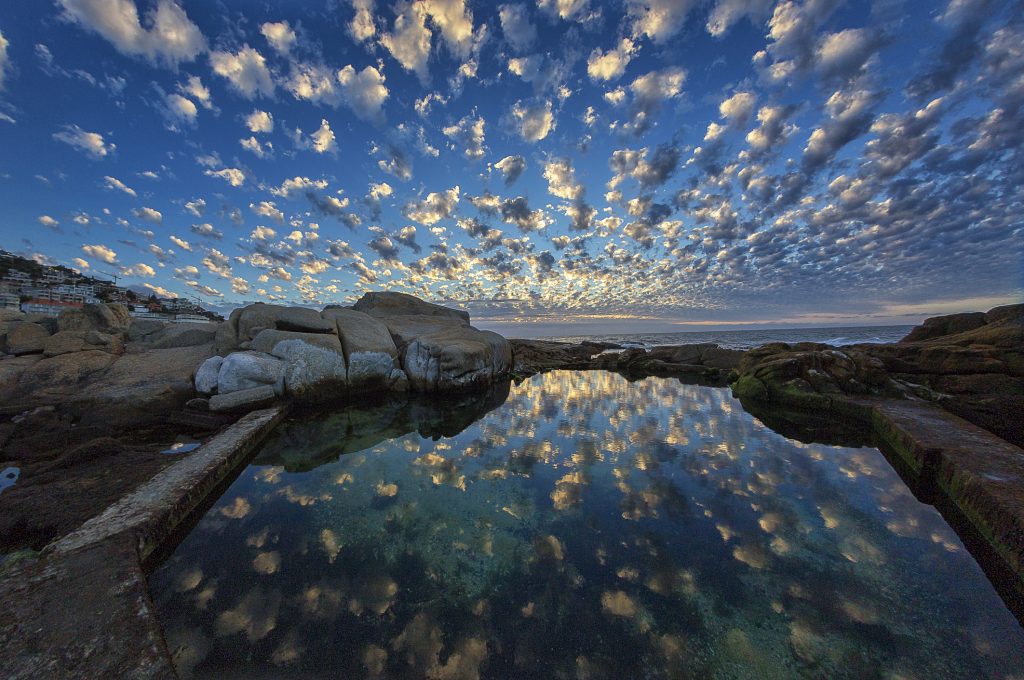If you’re one of those people who can’t stand chlorine and hates taking a dip in crowded swimming pools, this article is for you. Here, we’ll take you on a tour of some of Spain’s best natural swimming pools. There are freshwater and saltwater options, meaning there is something for everyone! Each of the pools listed in this article are found in idyllic natural settings, free of chemicals and large hoards of people.
This article provides a run-through of Spain’s best natural swimming pools created by chance, the passing of years and the highly specific natural conditions of each location. A gift-wrapped present from Mother Nature, perfect for the hottest months of the year.
Whether you live in mainland Spain or on one of the islands, you won’t need to travel far to take a refreshing dip in one of the country’s best natural swimming pools.
They are found in many different places, including rivers and the banks thereof, watertight spaces penetrated by seawater, underground springs and several other locations.
Human activity in these locations has been limited to the fitting of walkways, stairs and the odd springboard. These are undiscovered and authentic spots, which are sometimes tricky to get to. But don’t worry, as the reward will be ten-fold…
Beceite natural swimming pool
We’ll begin our run-through in the Aragonese province of Teruel, stopping off in the beautiful Puertos de Beceite, found in the Maestrazgo region.
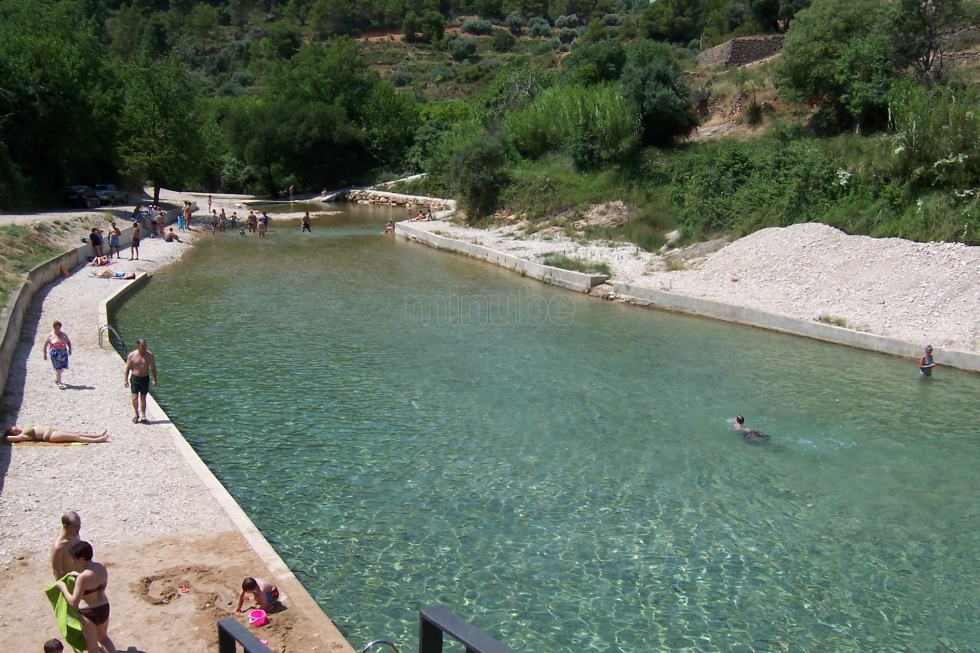
Natural freshwater waterholes and swimming pools are waiting to be enjoyed by travellers walking the natural Parrisal Route. The action of the Matarraña River sculpted this entire landscape, which is well signposted and easily accessible from the town of Pla de la Mina.
El Caletón in Garachico
Let’s now hop on a plane to the island of Tenerife in the Canary Islands, which boasts a range of natural swimming pools waiting to be enjoyed by locals and tourists alike.
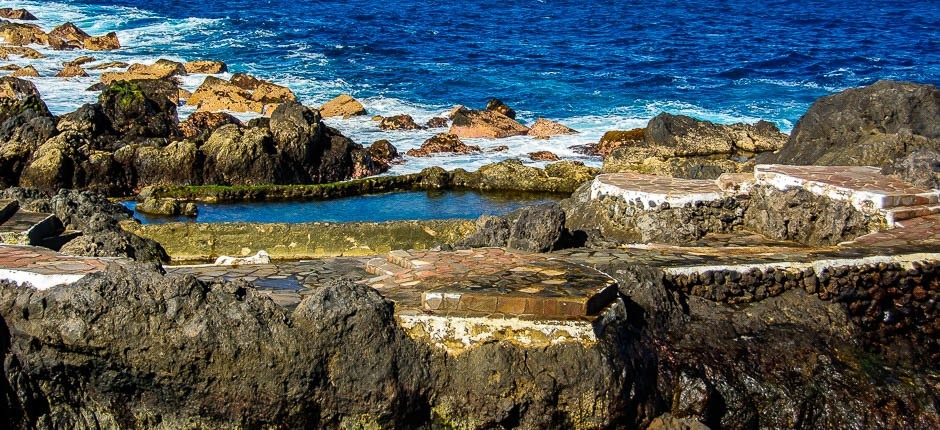
El Caletón is one of our favourites, located in the town of Garachico. Its extraordinary shape, facing right out to sea, was formed by the solidifying of lava which erupted from the Trevejo volcano at the start of the 18th century.
Garganta de los infiernos (The Gorge of Hell)
Our next stop takes us back to mainland Spain, in the Extremadura province of Cáceres. More specifically, it takes us to a landscape of blossoming cherry trees in the Valle del Jerte.
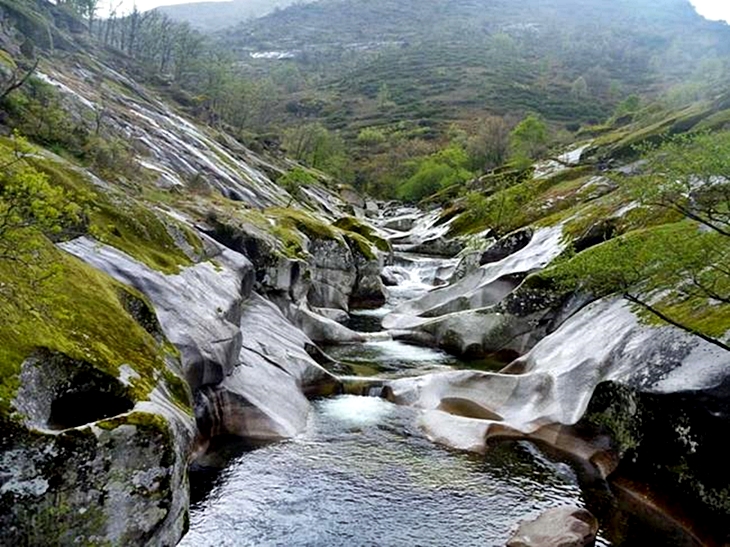
This area is already very popular amongst hiking lovers. It is found in the Reserva Natural Garganta de los Inviernos (The Gorge of Hell Natural Park), comprising various waterfalls and 13 natural swimming pools. These formations were created by the flowing of rivers, gradually eroding the granite rock over time.
Los Charcones
This natural pool is difficult to access, where bathing is preceded by an adventure. We now need to head back to the Canary Islands, this time to Lanzarote.
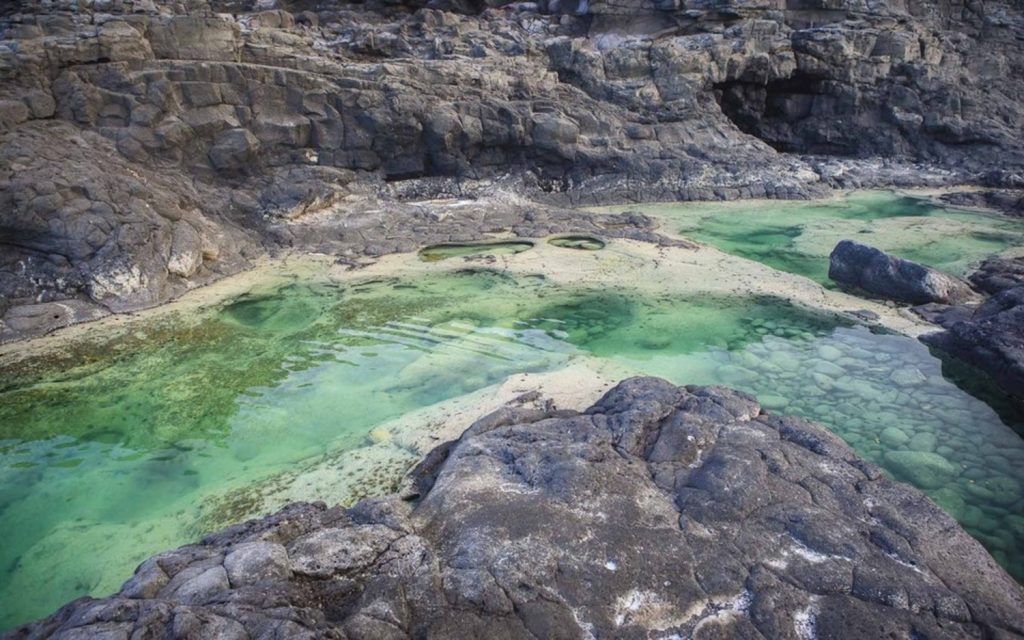
This natural swimming pool lies alongside the abandoned ruins of a 1940s hotel that never opened its doors to the public. Here, you will find various swimming pools filled with crystal clear waters from the Atlantic Ocean, in an area which has remained practically unspoiled over the years.
La Fontcalda
Our next stop takes us to Tarragona in the autonomous community of Catalonia; specifically, to the town of Gandesa.
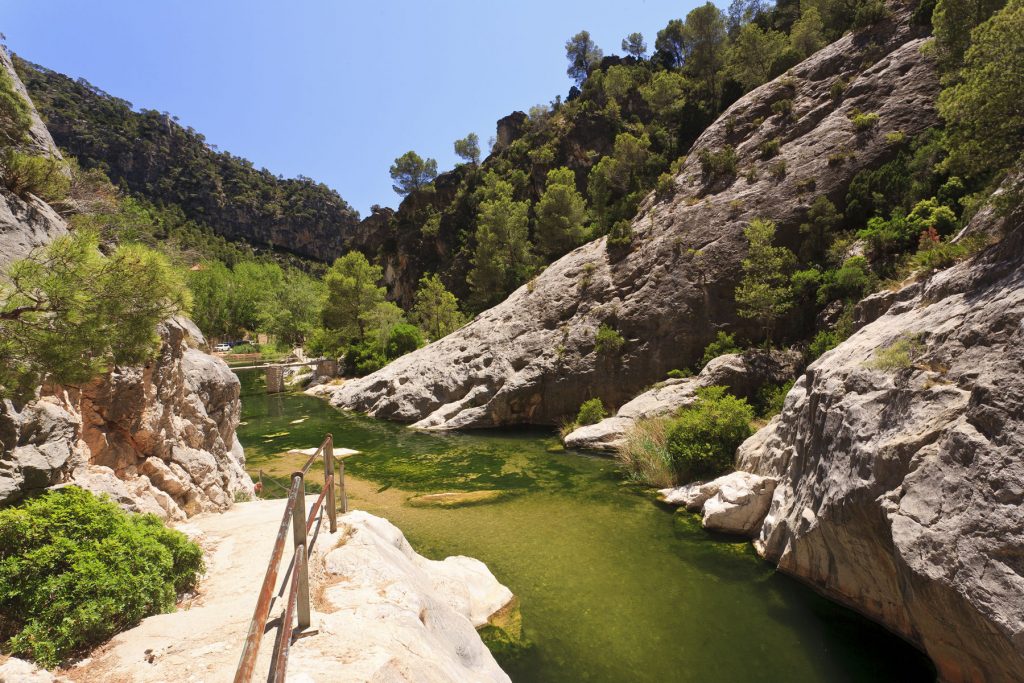
La Fontcalda is a hot spring with medicinal properties where water surges through the ground at 28 degrees centigrade, lying just off the Canaletes River. The properties of these waters—rich in magnesium sulphate, sodium chloride and calcium carbonate—were recorded as far back as the 14th century.
Gulpiyuri
This natural swimming pool, located in Asturias, is one of the best in the entire country. This is a beach without a sea; an area of outstanding natural beauty that is difficult to describe in words. The water levels are entirely dependent on the tide, so make sure to pickVisitors can only bathe in its waters when the tide allows them to do so.
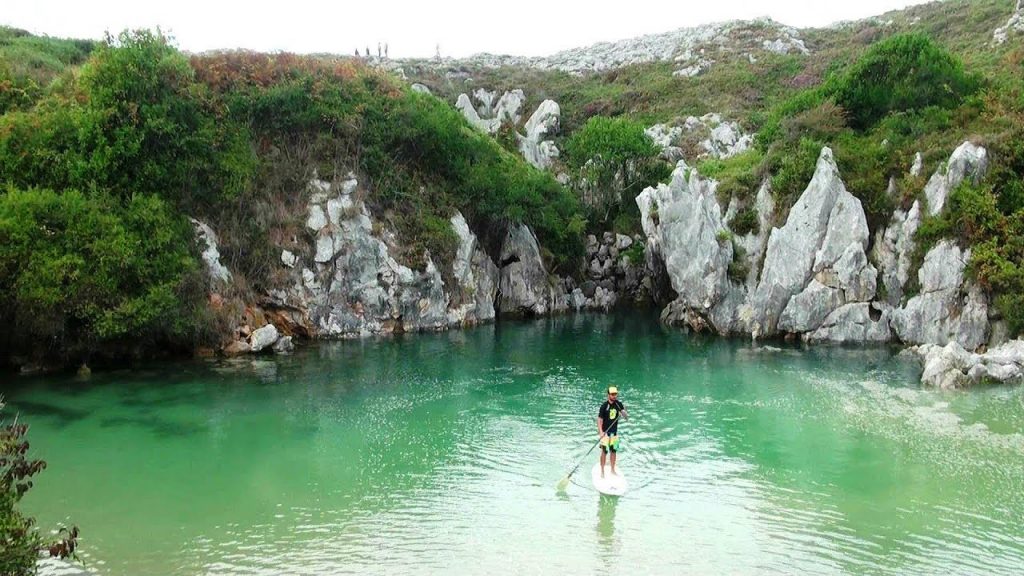
Water enters the natural swimming pool via an intricate set of underground caves. As such, we recommend checking tidal information before coming to visit it.
Fuente de Algar
The next stop on our trip takes us to the province of Alicante in the Valencian Community, just 15 kilometres outside of Benidorm. Namely, to the town of Callosa d’en Sarría.
This is perhaps the busiest natural swimming pool listed in this article. During the summer months, we recommend avoiding weekends and visiting it between Monday and Friday.
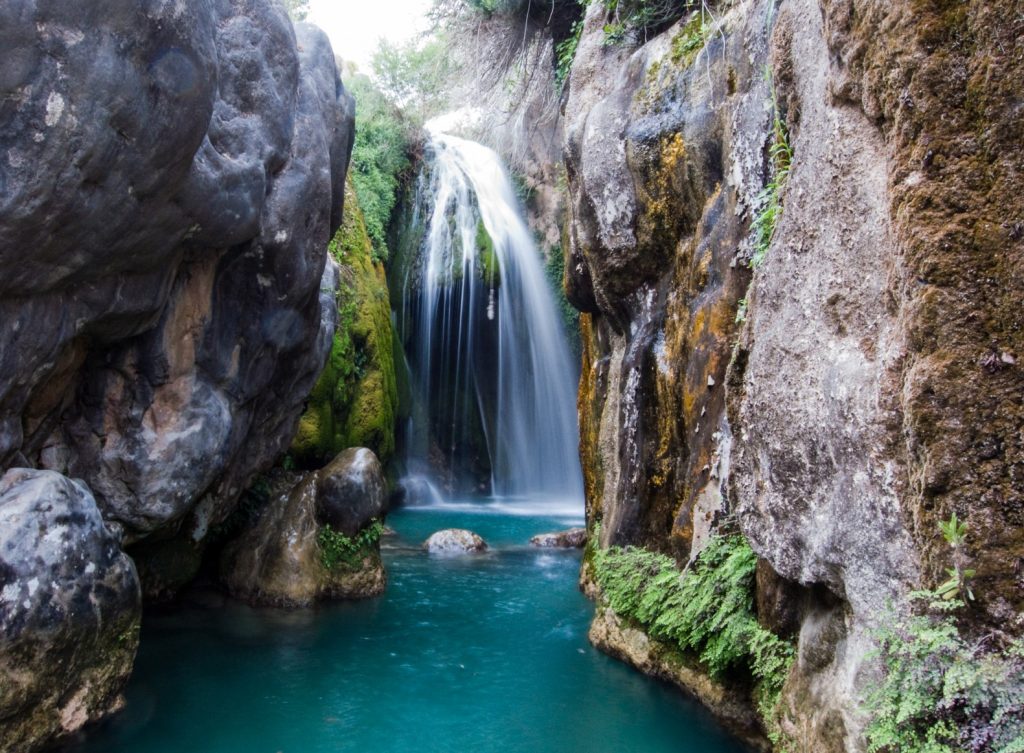
Its enormous popularity derives from its series of beautiful turquoise waterfalls and tolls (backwaters). Many of the area’s natural routes converge at this point, with many adventurers opting to take a dip in its waters.
El Charco Azul
The next natural swimming pool on our list is found in the Isla del Hierro—once again in the Canary Islands—in the town of La Frontera. Contrasting with the enormity of the ocean, you will find two small natural swimming pools. One of them is accessed via a small cave, which gives the location an added charm.
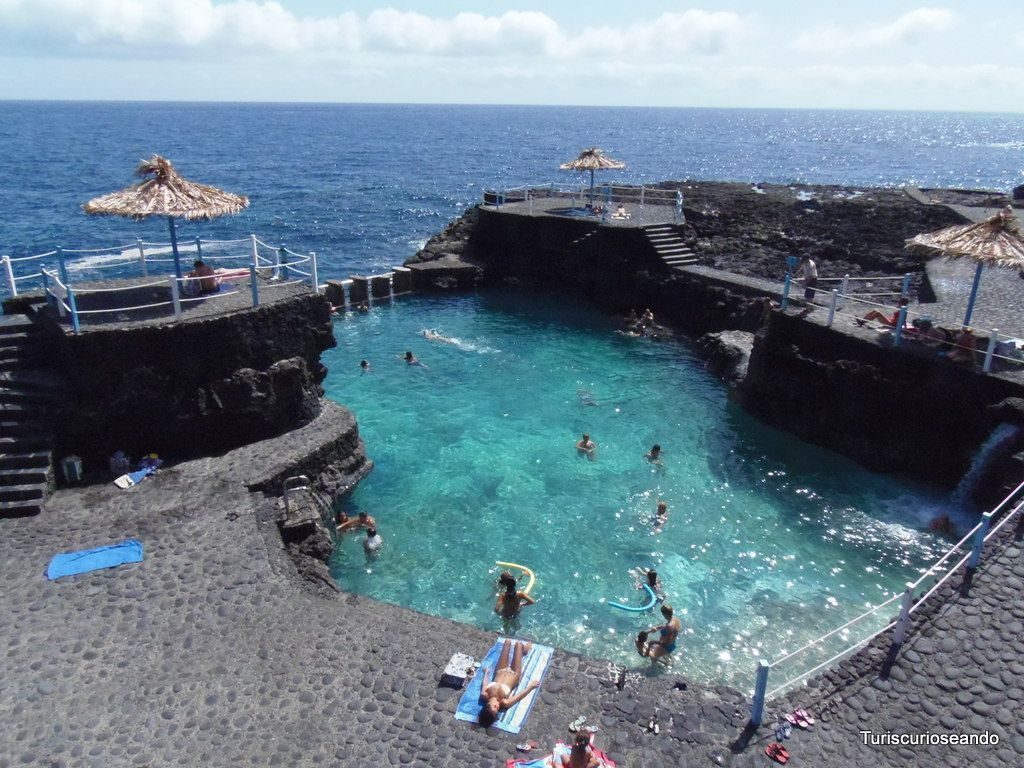
Pou Clar d’Ontinyent
The last stop on our trip takes us to the town of Ontivent, Valencia. Here, you will find the best Pou Clar natural swimming pools. This is an area of outstanding natural beauty, formed by the activity and erosion of the passing Clariano River.
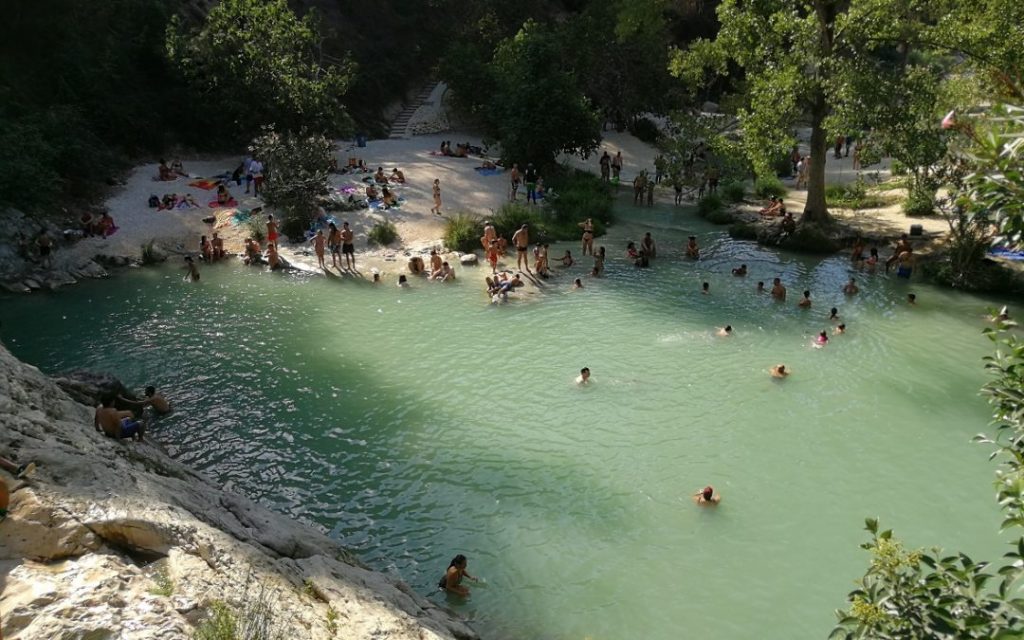
This location is brimming with multiple wells, each with a different name. It has a car park and several municipal facilities, making it perfect for a family day out.



